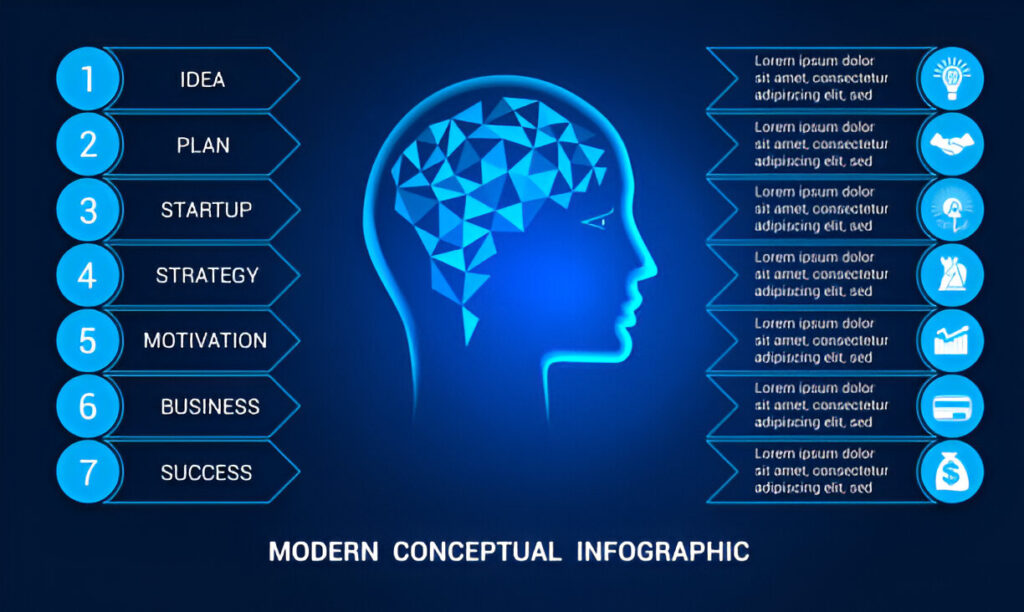Innovative treatments for memory loss are fast evolving to target conditions such as dementia and Alzheimer’s disease, among others. Although these give hope to millions of people and their families, many of them are very expensive. With the medical field researching advanced solutions like stem cell therapy and precision medicine, an understanding of those factors that eventually determine the cost of such treatment is very much required to arrive at a calculated decision. This article will help you prepare financially and emotionally.
Type of Treatment is a Major Factor
Treatments for memory loss can be quite varied in approach and cost, depending on the type of therapy involved. Traditional treatments-for example, medication to slow dementia-tend to be more reasonable in price compared to some of the new, cutting-edge therapies, such as stem cell treatment. Newer, innovative treatments often require advanced technology, highly skilled medical professionals, and long-term care, which raises the price. For instance, stem cell therapy is a new treatment option that promises hopeful results for neurodegenerative conditions. In any case, it has to be underlined that such treatments are usually more expensive, considering the complexity of the procedure, the necessity of special stem cell harvesting and processing, and expertise in its successful administration.
The Provider’s Expertise and Reputation
The cost will also be very dependent on the experience and qualifications of the medical professional offering the services to treat memory loss. Indeed, those treatment providers who have established a good track record, especially in new pioneering therapies involving stem cell treatments or gene therapy charge top dollar for their services. The cost, to some extent, reflects treatment in reputed clinics and hospitals that enjoy a good name in treating conditions of memory, investing in state-of-the-art facilities, advanced technology, and research. When it comes to more intricate therapies, such as stem cell treatment for dementia cost, it is not only the initial treatment that influences pricing but also the follow-up care, the success rate of the clinic, and the ongoing support provided to patients. The expertise of the medical team is key to ensuring the best possible outcome, which is why higher costs are often associated with top-tier providers.
Location Can Affect Treatment Expenses
Geographical location can make a big difference in the cost of memory loss treatments. In some regions, advanced medical therapies may be more accessible due to a higher concentration of specialized medical centers or more favorable healthcare policies. However, in other areas, the costs may be inflated due to local demand, healthcare infrastructure, or the cost of living. For example, patients traveling to countries boasting highly developed healthcare systems may be required to pay a premium for innovative therapies. In other international destinations, even advanced treatments can be more reasonably priced. Knowing the cost by location can ensure the best value for the treatment while ensuring a high quality of care.
The Complexity and Duration of Treatment
Some treatments for memory loss are more intricate and multi-phased than others. The most common examples of this category are regenerative and cellular treatments. In the case of stem cell therapy often requires several rounds of treatments, extensive testing, and long-term follow-up to determine their efficacy. This adds directly to the cost of the treatment. Patients also have to take into account that, aside from the actual treatment, hospitalizations, follow-up visits, various diagnostic testing, and supplementary treatments may further involve costs. Should the procedure need long-term post-operative care or rehabilitation, over time, the aggregate cost adds up. This also means patients are advised to remember that one does not have just a single charge for any of the various forms of treatments involving memory loss. Adequate planning is very crucial in financing any long-term commitment.
Coverage and Financing
The insurance covering the new innovative treatments to combat memory loss will vary, often excluding treatments that are experimental or otherwise untraditional. Their cost, in turn, can be quite heavy for people to seek alternative care for diseases such as Alzheimer’s or dementia at times when other conventional methods seem not to deal with them holistically. However, most insurance companies allow partial coverage for certain aspects, such as the cost of treatment, hospital fees, or diagnostic tests. Further, most clinics and healthcare service providers do provide certain financing options for patients, which can make treatments more accessible. The patient has to seek help in whatever possible way through financial grants, loans for medical needs, or payment installments. These treatments may be discouraging due to the lack of insurance coverage, but taking time to research financial options can help with the burden of out-of-pocket costs.
Conclusion
Stem cell therapies, among other novel medical interventions, hold promise for patients with neurodegenerative conditions and loss of memory. While the treatments do have significant costs, these vary with the type of treatment, the expertise of the provider, the complexity of the procedure, and the location of treatment. Each of these points plays a big role in planning for both the financial and emotional preparedness necessary to go through the process. While the costs can be high, the potential benefits of these treatments offer hope for improved quality of life and disease management.



